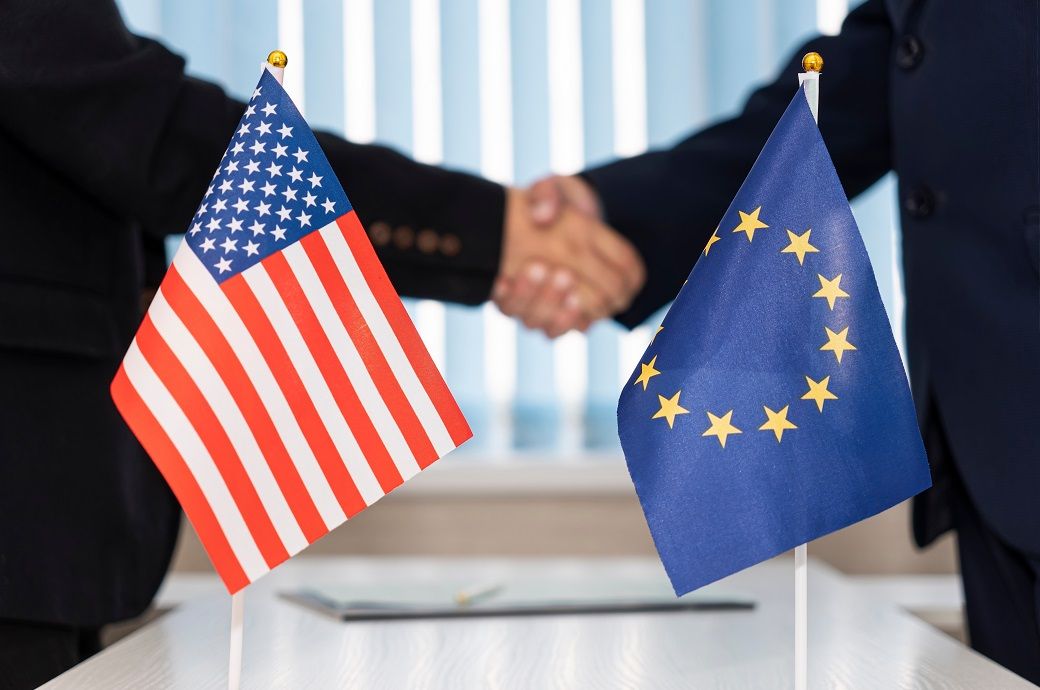
This builds on the political agreement reached by European Commission President von der Leyen and President Donald Trump on July 27.
The joint statement lays out in detail the new US tariff regime towards the EU, with a clear maximum, all-inclusive tariff rate of 15 per cent for the vast majority of EU exports, including strategic sectors. Sectors which are already subject to most favoured nation (MFN) tariffs of 15 per cent or above will not be subject to additional tariffs.
With regard to cars and car parts, the 15-per cent US tariff ceiling will apply in tandem with the EU initiating the procedures for tariff reductions vis-à-vis US products.
Effective as of September 1, a number of product groups will benefit from a special regime, with only MFN tariffs applying. These include unavailable natural resources (such as cork), all aircraft and aircraft parts, generic pharmaceuticals and their ingredients and chemical precursors.
Both sides have agreed to continue to ambitiously work to extend this regime to other product categories as well—a key deliverable for the EU.
The EU will also engage in negotiating an agreement on fair, balanced and mutually beneficial trade with the United States.
EU-US trade in goods and services has doubled over the last decade, surpassing €1.6 trillion ($1.86 trillion) in 2024, with €867 billion (~$1 trillion) of trade in goods and €817 billion of trade in services.
The EU intends to eliminate tariffs on all US industrial goods and provide preferential market access for a wide range of US seafood and agricultural goods.
Both sides committed to cooperate on ensuring secure, reliable and diversified energy supplies, including by addressing non-tariff barriers that might restrict bilateral energy trade. As part of this effort, the EU intends to procure US liquified natural gas, oil and nuclear energy products with an expected offtake valued at $750 billion till 2028.
In addition, the EU intends to purchase at least $40 billion worth of US artificial intelligence (AI) chips for its computing centres.
The EU further plans to work with the United States to adopt and maintain technology security requirements in line with those of the United States.
European companies are expected to invest an additional $600 billion across strategic sectors in the United States till 2028.
The EU plans to consult with the United States and US traders on digitalisation of trade procedures and implementation of the legislation currently proposed on EU Customs Reform.
ALCHEMPro News Desk (DS)
Receive daily prices and market insights straight to your inbox. Subscribe to AlchemPro Weekly!